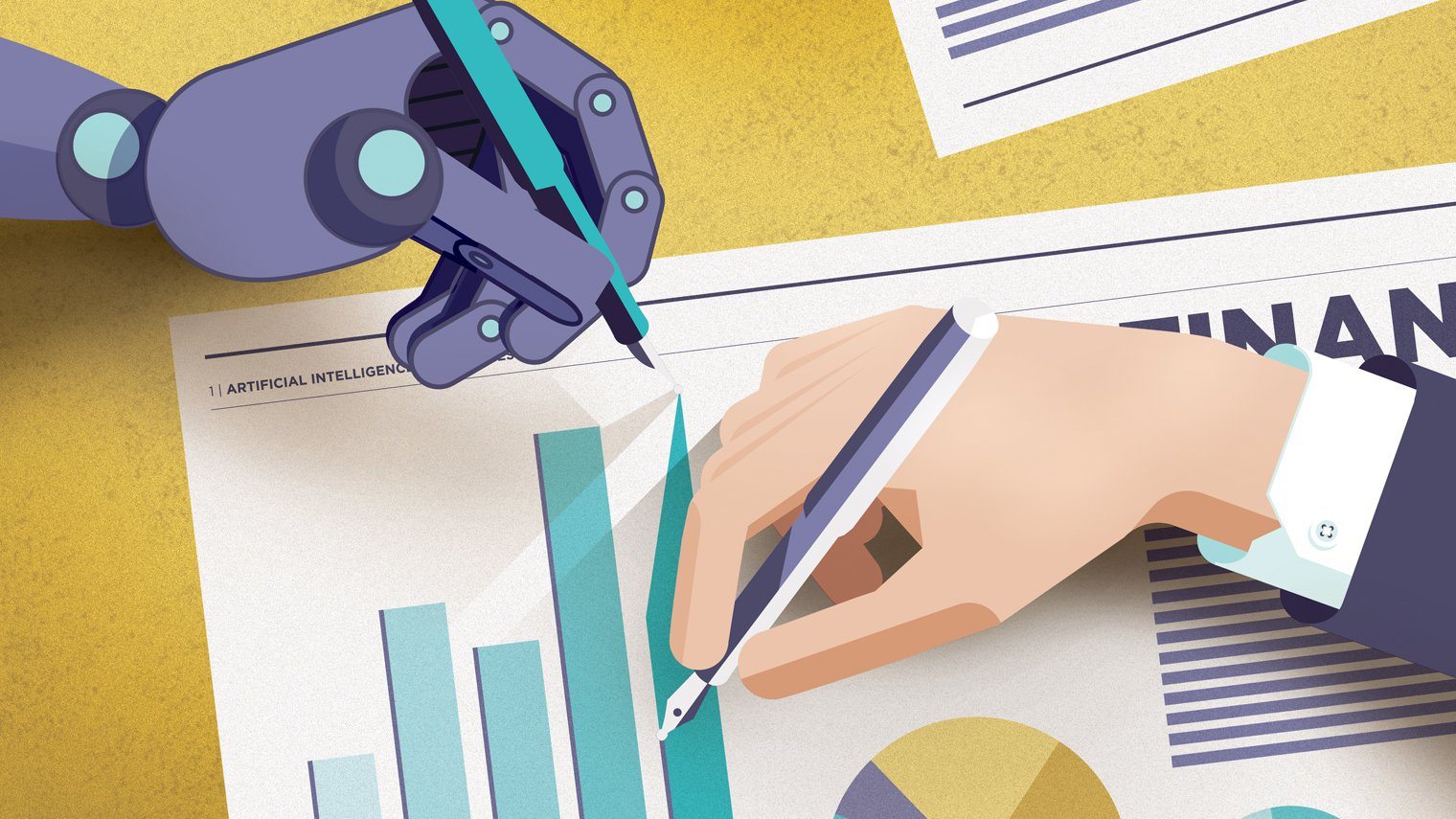Artificial intelligence (AI) has become a crucial part of our everyday lives. From mundane to specific searches on Google, photo tagging on Facebook, shopping suggestions on websites, AI is fast becoming an integral part of applications. Industries such as medicine and agriculture have already begun taking advantage of AI’s ability for advanced research and solving complex problems. Two of the most popular applications using AI are IBM Watson and Google Cloud.
At first, AI products and applications seem intimidating. But entrepreneurs who invest enough time into understanding it can gain valuable insights that could help in increasing sales, advancing one’s brand, and improving the business model. The technology powering the AI solutions shouldn’t discourage or intimidate business leaders. Instead, they must jump at the opportunity and focus on ways that to utilize and understand AI to grow their business.
Business can employ AI to benefit in three ways. The first is through discovering data that no other company has. The second is through finding data adjacencies, and the last is directing AI towards the customer experience.
Gathering Data for Your Business
AI can gather, learn, and analyze volumes of data that would be useful to any kind of business. More specifically, AI technologies can go through so much data and decipher enlightening patterns. AI’s ability to discover patterns keeps improving as it gathers and analyzes larger amounts of data.
Before employing such a process, however, businesses need to come up with a data topic or type that no other company has. The type of data should not just be unique but also useful in a manner that the customer needs and the industry can take advantage of. Georgia-based CAMP3 figured this out by focusing on their industry: agriculture. The 26-person company is involved in the management of wireless sensor networks in the agricultural industry.
CAMP3’s founder Craig Ganssle saw an opportunity in Google Glass. He took inspiration from the technology and started thinking how AI could be employed in detecting pests and plant diseases in their earlier stages. The team gathered a sufficient amount of data for the AI to detect the said diseases and pests. Unfortunately the information was found among different sources: from countless institutions in universities to government offices. Most of these sources did not even properly label the needed images and information.
Ganssle recalls images of northern corn leaf blight (NCLB) took them 10 months. They also clicked a larger number of other images themselves. The company’s AI solution trained with tens of thousands of images, according to Ganssle. But the system needed the large number of images and data to recognize diseases like cucumber downy mildew or pests like sweet corn worm. All the effort was worth it. Ganssle sees this move as a key strategic asset. It’s a matter of “capturing something other people don’t have,” he says.
The Advantage of Data Adjacencies
AI isn’t just about gathering data and its thorough analysis. The technology can also be utilized to solve a problem using specific data. TalkIQ, a company involved in the monitoring of customer service phone calls, found bigger successes in better understanding its service.
To analyze the phone calls, TalkIQ converts the conversations into text and scans the words for patterns that predict the company’s future. Former eBay executive Jack Abraham, however, took this a level further with his company ZenReach. His Phoenix-based company uses call centers to connect online and offline commerce.
Abraham was wondering why some customer representatives closed half of his calls but other reps only closed 25%. Abraham decided to build TalkIQ to improve ZenReach’s services. Data scientists went through the call center conversations found in the ZenReach phone system.
The phone call data was massive and a challenge to go through. The AI solution had to map out the information correctly. Some conversations were recorded over bad phone connections and done in crowded rooms. The solution used algorithms to comprehend the language and employed automated voice recognition. The company went through two years to offer a distinct service. TalkIQ is now an adjacency to ZenReach. Abraham’s new business is serving 27 companies and he hopes this is how companies will run in the future.
The Importance of Customer Experience
Retail companies must always return to improving the customer experience. Blinker, a company in Denver, decided to focus on its expertise and see how AI could improve this through a better customer experience. In the app, customers take a photo of their car so they can buy and sell vehicles in Colorado. After uploading the image, the app recognizes the make, model, and resale value.
Blinker’s chief executive and founder, Rod Buscher, refined the app by focusing on selling cars properly. “You are still selling cars,” he emphasized. It was a matter of making this task easier for the user and to remove the “pain points of buying a car.” The app removed intrusive ads and the need for multi-click processes. As a result, customers enjoy quick and responsive action. App users can sell the car or look for insurance or refinancing.
Buscher credits the company’s success to domain knowledge. Experts in the auto selling business made sure that the AI solution is still streamlined to the service at hand. AI specialists in Blinker have trained a system that goes through 70,000 car images. While developing the app using Amazon’s Mechanical Turk to verify the results, Buscher also worked with focus groups to see what features would work best in the app.
AI alone cannot guarantee a business complete success. But entrepreneurs should take advantage of what they can discover through AI’s data analysis and the potential customer experience strategies.


















